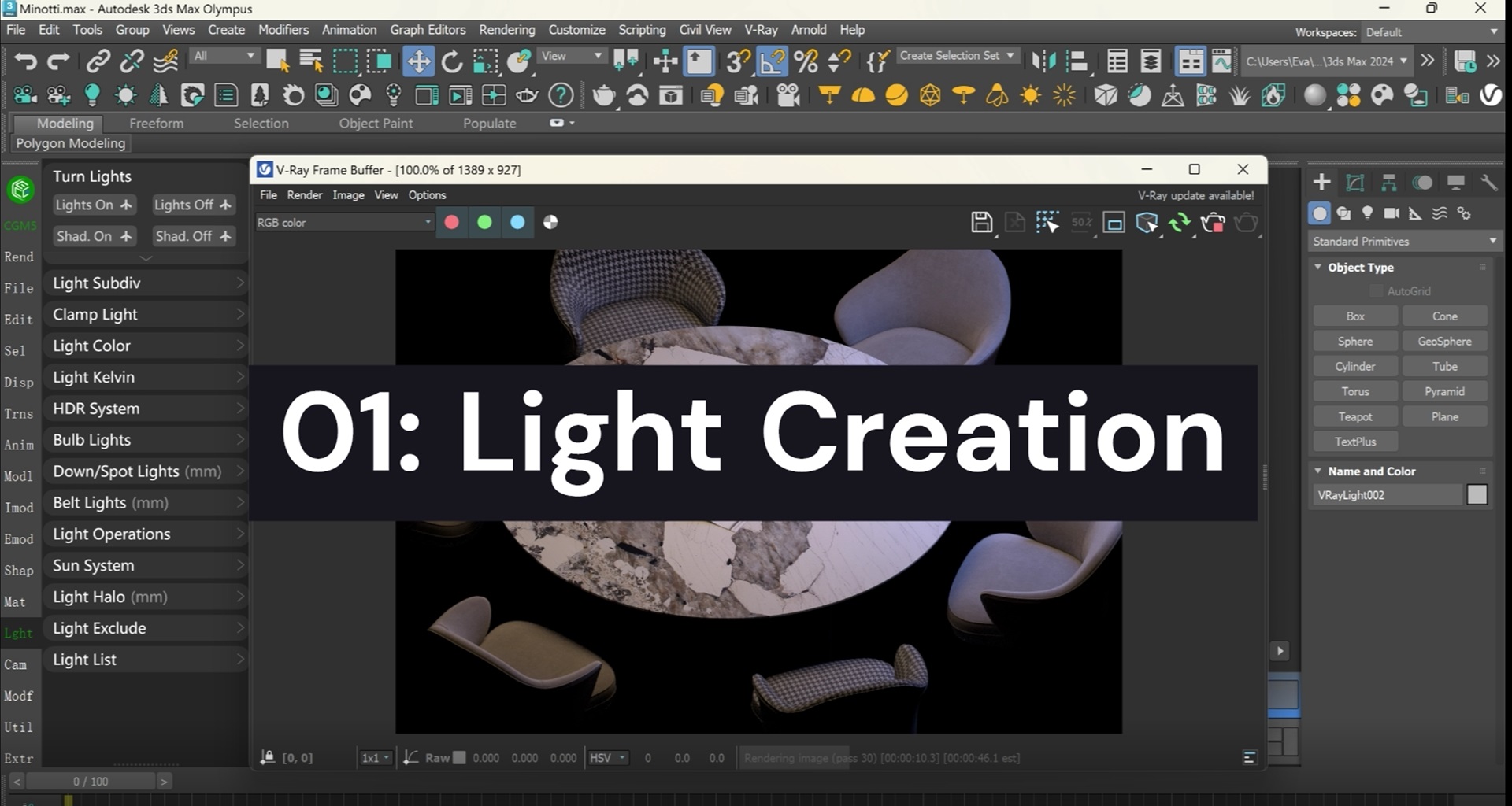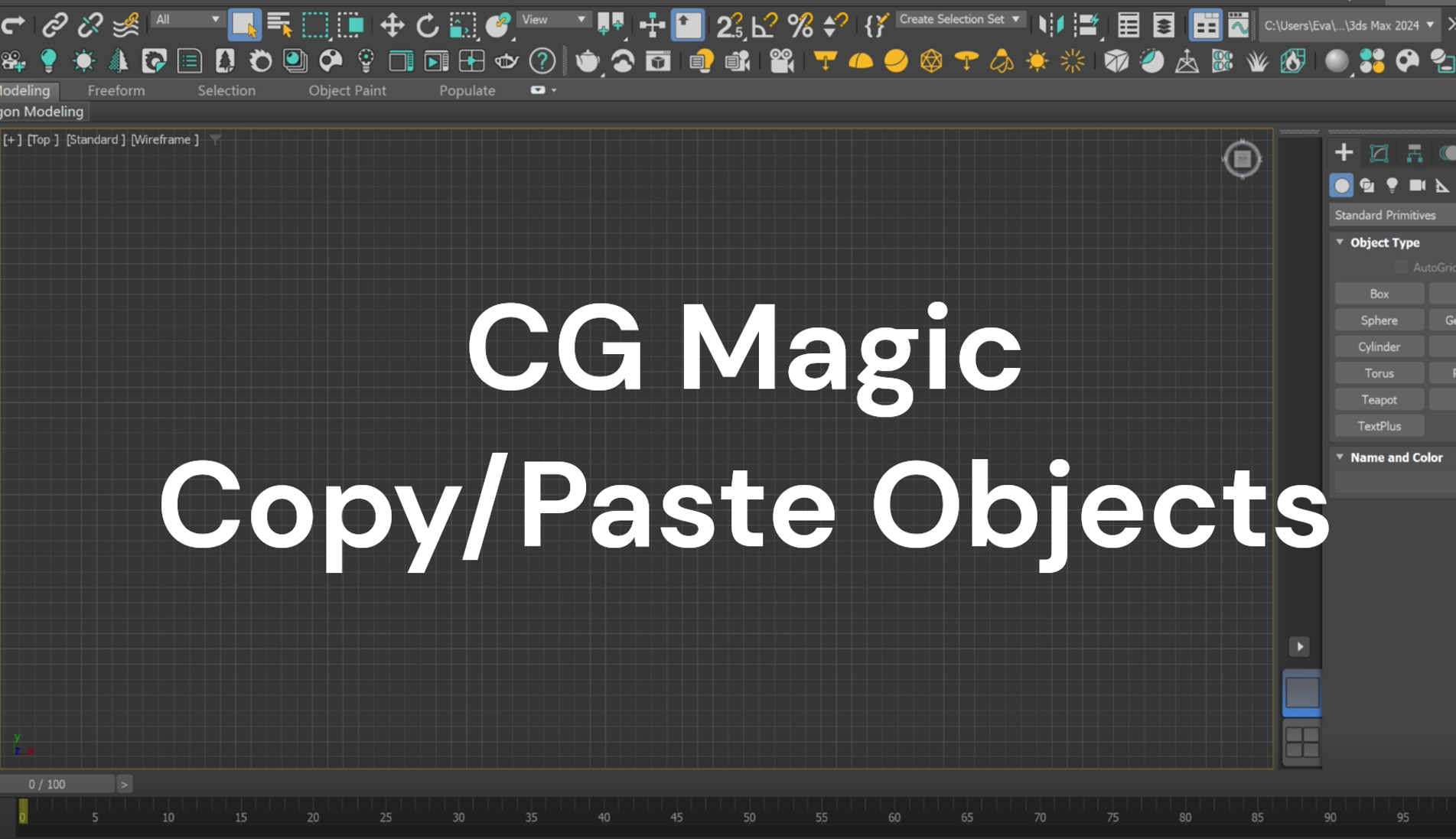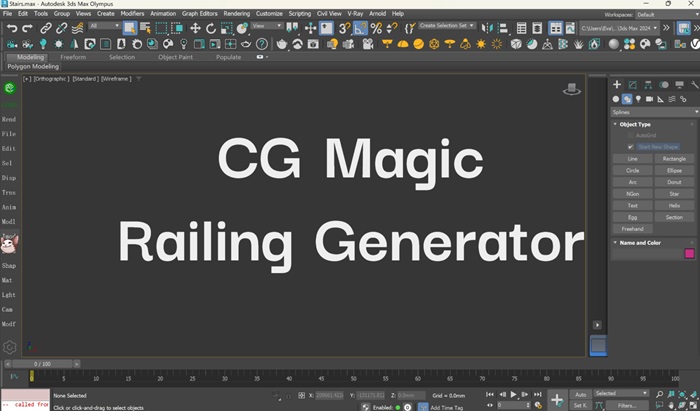As a powerful GPU-accelerated renderer with its unique architecture, Redshift is built to meet the specific demands of contemporary high-end production rendering and tailored to support creative individuals and studios of every size.

Redshift is part of the Maxon family. It offers a suite of powerful features and has a seamless integration with many industry standard CG applications like MAYA, 3DS MAX, CINEMA 4D, Houdini and KATANA. Uses can run Redshift directly in the 3D applications, it will seamlessly convert geometry, cameras, lights, materials and other related attributes of the main program. IT is really easy to use and helps to minimize the learning curve.
>>Features of Redshift:
Biased Rendering
Redshift is a biased render engine. It uses techniques to 'cheat' how the image works, making it potentially one of the fastest and full-feature render engines on the market. It uses a small number of samples and interpolation techniques to achieve noise-free rendering results, making it much faster than the unbiased renderer.
Out-of-Core Architecture
The common difficulty of a GPU rendering is that they are limited by the available VRAM (video memory) of the graphics card-they can only render geometry and textures stored in the video memory. With the birth of Redshift, the geometry and texture of the out-of-core architecture have been adopted, making it possible to render tens of millions of polygons and an almost unlimited number of textures. The rendering of large scenes is a breeze for it.
Proxy and Instance
Redshift supports geometry instances, allowing you to achieve scenes with a large number of repeated objects such as a large number of grasses and forests, with high efficiency and almost no memory consumption.
At the same time, Redshift also supports rendering proxy, which can export geometry from the scene and load it into memory only when it needs to be rendered. Using proxy, you don’t even need to load scene files in 3D software. Like ordinary geometry, the Redshift proxy can also be instantiated and can render billions of polygons.
Progressive Rendering
Redshift provides a progressive rendering mode, allowing users to interactively preview the scene conveniently without waiting for GI pre-rendering information. This mode uses a gradual refinement method to immediately present a draft-quality result to the user, and then continuously improve the rendering quality over time.
Shadows and Textures
Redshift uses a flexible and node-based rendering system to support complex shader networks. With the support of surface, photon, environment, light and lens shaders, as well as various BRDF lighting models, it will provide users with powerful, flexible, realistic and very stylized rendering effects.
As a fully licensed Redshift Render Farm, XRender has reached a partnership with Redshift, with all GPU devices authorized by it.
XRender | Fast · Affordable · Reliable









